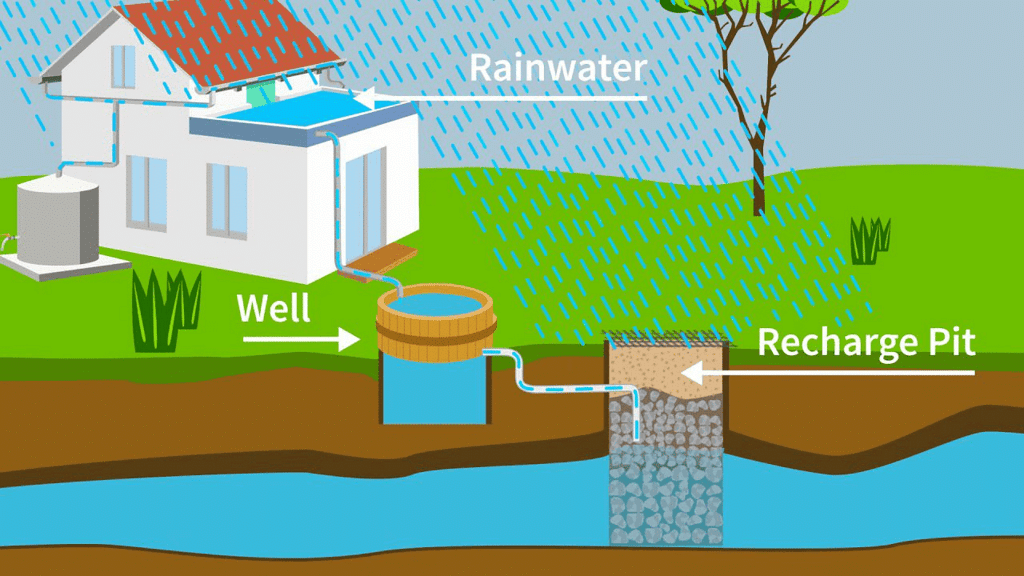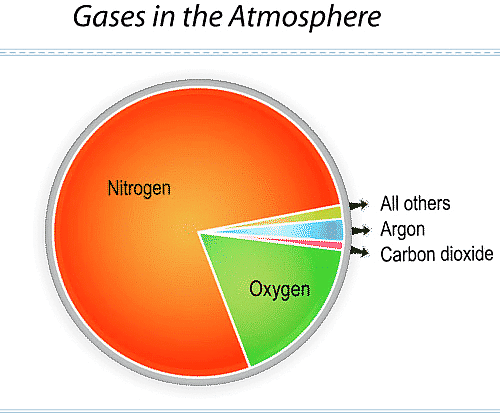MCQ & Extra Questions: Nature's Treasures | Science for Class 6 PDF Download
Extra Questions
Q1: What percentage of air is nitrogen?
78%.
Q2: Name the gas in the air that is essential for human survival.
Oxygen.
Q3: What is the moving air called?
Wind.
Q4: What is the main source of energy for all living beings on Earth?
The Sun.
Q6: How do forests contribute to the conservation of soil?
Forests contribute to soil conservation by preventing soil erosion through the roots of trees, which hold the soil in place, and by enriching the soil with nutrients through the decaying leaves and organic matter.
Q7: Explain the importance of rainwater harvesting.
Rainwater harvesting is important as it helps in collecting and storing rainwater for future use, especially in regions with limited water supply. It reduces dependence on groundwater, prevents water wastage.
Q8: Why are fossil fuels considered non-renewable resources?
Fossil fuels are considered non-renewable because they take millions of years to form from the remains of dead plants and animals. Once used, they cannot be replenished within a human lifespan, leading to eventual depletion.
Q9: What role do solar panels play in conserving natural resources?
Solar panels help conserve natural resources by converting sunlight into electricity, reducing the need for fossil fuels, which are non-renewable. This clean energy source reduces air pollution and lowers the carbon footprint.
Q10: Describe the concept of renewable and non-renewable resources with examples.
Renewable resources are those that can be replenished naturally over time, such as solar energy, wind, and water. Non-renewable resources, like coal, oil, and natural gas, are finite and cannot be replaced once depleted.
Multiple Choice Questions
Q1: What is the role of trees in maintaining the quality of soil?
a) Trees absorb water from the soil.
b) Trees prevent soil erosion.
c) Trees harden the soil.
d) Trees deplete nutrients from the soil.
Ans: b) Trees prevent soil erosion.
The roots of trees hold the soil in place, preventing it from being washed away by water, thus maintaining the quality of the soil.
Q2: What is the primary purpose of a windmill?
a) To make paper
b) To generate electricity and perform mechanical tasks
c) To grow crops
d) To create art
Ans: b) To generate electricity and perform mechanical tasks
Windmills convert wind energy into mechanical power for tasks like grinding grain or generating electricity.
Q3: Which of the following is a renewable resource?
a) Coal
b) Oil
c) Solar energy
d) Natural gas
Ans: c) Solar energy
Solar energy is a renewable resource because it is abundant and can be replenished naturally by the Sun.
Q4: What is the role of earthworms in soil?
a) They cause soil erosion.
b) They make soil acidic.
c) They help in turning and loosening the soil.
d) They compact the soil.
Ans: c) They help in turning and loosening the soil.
Earthworms improve soil structure by aerating and loosening it, which helps plants grow.
Q6: What are stepwells used for?
a) Growing crops
b) Building houses
c) Generating electricity
d) Harvesting rainwater
Ans: d) Harvesting rainwater
Stepwells are traditional structures designed to collect and store rainwater.
Q7: What is the main reason for the depletion of fossil fuels?
a) Overuse
b) Natural disasters
c) Solar radiation
d) Soil erosion
Ans: a) Overuse
Fossil fuels are being depleted rapidly due to their overuse in industries, transportation, and energy production.
Q8: Which of the following contributes to air pollution?
a) Solar panels
b) Wind turbines
c) Burning of fossil fuels
d) Rainwater harvesting
Ans: c) Burning of fossil fuels
The burning of fossil fuels releases harmful gases like carbon dioxide and sulfur dioxide, contributing to air pollution.
Q9: Which of the following is a non-renewable resource?
a) Wind energy
b) Solar energy
c) Coal
d) Biomass
Ans: c) Coal
Coal is a non-renewable resource because it takes millions of years to form and cannot be replenished once used.
Q10: What percentage of air is composed of oxygen?
a) 10%
b) 21%
c) 30%
d) 78%
Ans: b) 21%
Oxygen constitutes about 21% of the Earth's atmosphere, making it the second most abundant gas after nitrogen.
|
86 videos|288 docs|27 tests
|
FAQs on MCQ & Extra Questions: Nature's Treasures - Science for Class 6
| 1. What are some examples of nature's treasures mentioned in the article? |  |
| 2. How can we protect nature's treasures for future generations? |  |
| 3. Why are nature's treasures important for our planet? |  |
| 4. How can individuals contribute to preserving nature's treasures in their daily lives? |  |
| 5. What role does ecotourism play in promoting the preservation of nature's treasures? |  |


























